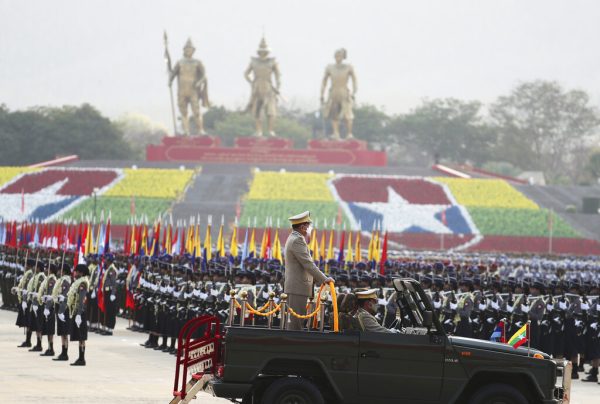By Rehmonnya Hinthar
The term political culture is a concept in social science. Just as culture refers to traditions that shape the social life of a community, political culture reflects the ideas, behaviors, practices, and beliefs of a society in relation to politics and the state.
Myanmar’s political culture, or political traditions, is deeply rooted and has influenced the country’s political thinking, actions, and values over time. Political culture emerges from historical experiences and plays a role in shaping a society’s political system and accepted norms. Different nations have different political cultures. Importantly, political culture does not develop overnight—it is formed over many years, shaping and being shaped by a society’s behavior and ways of thinking.
By studying a country’s history, practices, and ways of thinking, one can understand its political culture. Political culture helps explain how leaders govern, why transitions to democracy succeed or fail, and what standards of democracy a nation upholds.

Historical experiences and behaviors influence political culture, and in turn, political culture governs society and strengthens the authority of rulers. Whether in Myanmar’s current reform period or revolutionary period, it is clear that political culture exerts a powerful influence. Key questions remain: What does Myanmar’s political culture look like? What kinds of political thinking and behaviors exist? What attitudes toward politics prevail? These are fundamental issues in Myanmar politics.
In 1963, political scientists Gabriel Almond and Sydney Verba studied the political culture of five countries and concluded that there are three basic types:
1. Parochial Political Culture – where citizens show little awareness or participation in politics.
2. Active Participation of Political Culture – where citizens actively take part in politics.
3. Subject Political Culture – where citizens obey authority but have limited influence.
Looking at Myanmar’s political history, one finds that it has largely been based on an authoritarian culture. Power has long been divided between rulers who command and subjects who obey, leaving little room for meaningful public participation. Since independence, elections have been few, and even when citizens voted, their will was not fully reflected. Representation of the people has therefore remained incomplete.
To understand Myanmar’s political culture, one must examine the pre-colonial monarchy, the colonial period, post-independence parliamentary democracy, one-party rule, successive military regimes, governance under the 2008 constitution, and the return of direct military rule. Although rulers and regimes have changed, their beliefs, behaviors, and attitudes have remained largely unchanged, producing recurring patterns of political culture throughout history.
A closer analysis of Myanmar’s political culture highlights several key characteristics:
1. Limited opportunities and weak participation of citizens in politics and governance.
2. Domination of politics and society by militarism.
3. Mutual influence between governance and religion.
4. Political and social divisions based on party or group loyalty.
5. Nationalism shaped by hero-worship.
6. Nationalism strongly influenced by religion.
These six features have continuously shaped and dominated Myanmar society and politics across different eras.
This article introduces the theme of “Burma’s Political Culture.” In the following sections, I will continue to discuss each of these six points in more detail. This piece serves only as an introduction to the broader discussion.
To be continued in Part (1)…
